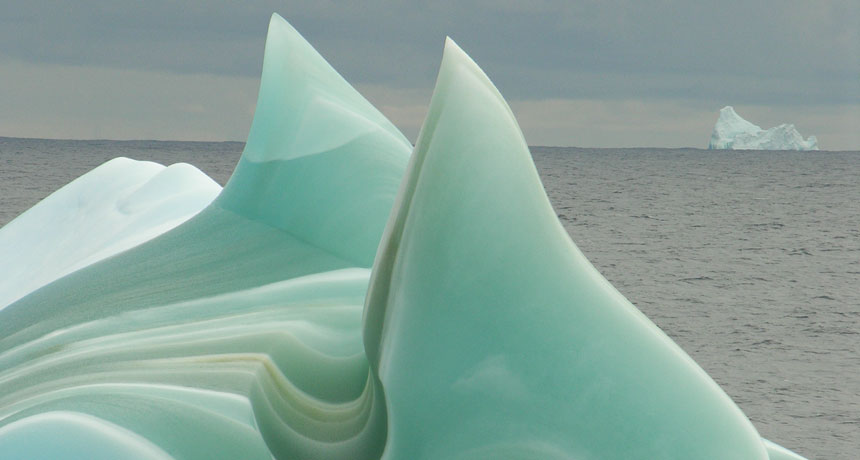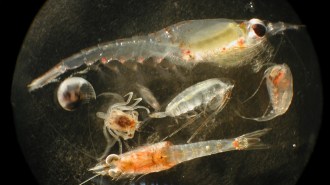Tiny bits of iron may explain why some icebergs are green
The emerald ice may help shuttle an essential nutrient around marine food webs

GREEN SCENE Maybe only 30 out of 1,000 icebergs have a green hue, earning them the nickname “jade bergs.” Now scientists may know why the ice has this unusual color.
Steve Nicol




